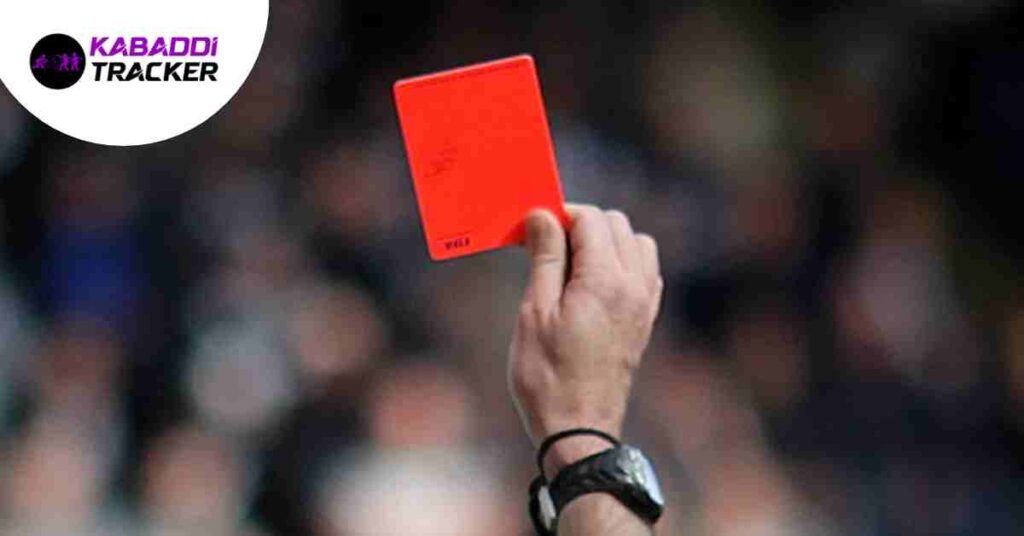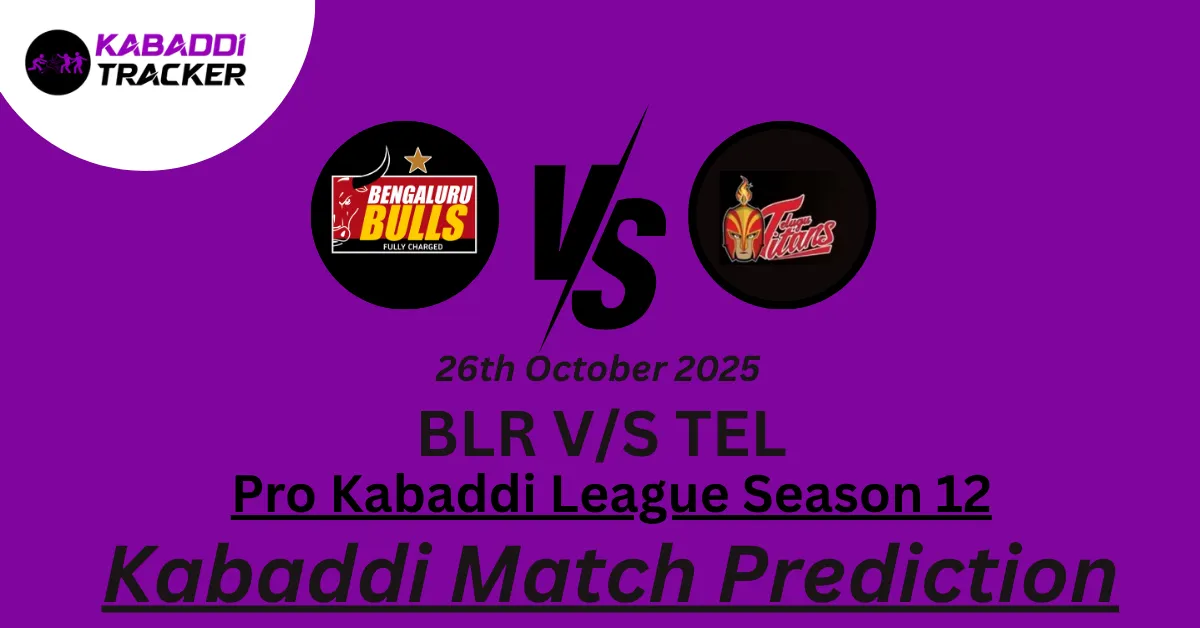Kabaddi, a game well-established in the cultural fabric of South Asia, has gained global acknowledgment as of late for its one-of-a-kind blend of athleticism, strategy, and teamwork. As the game develops, so do its principles and regulations. One interesting aspect of present-day kabaddi tournaments is the acquaintance of hued cards to manage player behavior on the mat. Among these, the green card holds a particular significance. In this article, we dive into the universe of green cards in kabaddi, examining their motivation, implications, and the broader setting of shaded cards in the game.
Understanding Kabaddi’s Colored Cards
Prior to digging into the particulars of green cards, it’s essential to understand the broader range of shaded cards utilized in kabaddi. Similar to other team sports like football (soccer) and field hockey, kabaddi uses shaded cards to regulate player lead and maintain the uprightness of the game. These cards come in four primary shades: green, yellow, red, and blue. Each tone relates to a particular degree of offense or breach of the standards, and they are handed out by the match officials – the umpires.

Also Read – Gujarat Fortunegiants players list stats and records
1. Green Card in Kabaddi: The green card is the mildest of the shaded cards and is primarily given as a warning to players or team officials for minor infractions. It fills in as a cautionary measure, alerting the beneficiary to promptly correct their behavior. Often, a green card may be displayed for actions like delaying the restart of play, entering the court without consent, or questioning a ref’s choice. The green card emphasizes the importance of adhering to the standards and displaying great sportsmanship.
2. Yellow Card in Kabaddi: Moving forward the scale of seriousness, the yellow card is indicative of a more serious transgression. It brings about a temporary player suspension from the game for a designated period, typically 2 to 5 minutes. This card is usually displayed for actions like harsh play, unsportsmanlike direct, or repeated minor violations after getting a green card. The yellow card aims to prevent players from engaging in behavior that might actually harm the honesty of the game.
3. Red Card in Kabaddi: The red card means a significant breach of direct rules and results in a discharge of the player from the game. The player’s team is left with one less player on the mat until the end of the match. The red card is typically given for actions like serious treachery, intentional injury to a rival, or utilizing abusive language. The seriousness of the red card emphasizes the zero-tolerance approach towards grave wrongdoing.
4. Blue Card in Kabaddi: Acquainted with kabaddi to address technical violations, the blue card indicates that a player has crept into the rival’s half before the raider initiates an attack. Not at all like different cards, the blue card doesn’t lead to a player’s suspension or launch. Instead, the rival team is awarded a point, and ownership of the raid is retained. The blue card features the importance of maintaining the standards that administer the tactical aspects of the game.
The Significance of Green Cards in Kabaddi
In Kabaddi, there are typically three kinds of Green Cards, each with its own unmistakable implications:
a. Delaying the Restart: This Green Card is given to a player who deliberately dials back the restart of the game after a stoppage. Such actions upset the progression of the game and can be frustrating for the two players and spectators alike. The player getting this card is constrained to leave the field for a particular duration, leaving their team understaffed temporarily.
b. Disagree: A Green Card for contradiction is given to a discourteous or argumentative player’s behavior towards the match officials, rivals, or teammates. This card helps players to remember the importance of maintaining decency and regard on and off the field.
c. Encroachment: Encroachment alludes to a player crossing the boundary lines of the field during play, which can bring about unfair advantages. A Green Card for encroachment is given to players who repeatedly violate these boundaries, emphasizing the need to adhere to the principles and regulations of the game.
Impact of Green Cards on Players and Teams

Getting a Green Card affects the individual player and has repercussions for the whole team. At the point when a player is shown a Green Card, they should leave the field for a predefined duration, leaving their team with one player less. This numerical disadvantage can significantly impact a team’s strategy and gameplay, making it a crucial aspect for coaches and players to consider.
Also Read – Top Kabaddi Coaches in PKL
Besides, accumulating various Green Cards throughout a tournament can lead to additional outcomes. Depending on the principles of the opposition, a player with numerous Green Cards could face suspension from future matches. This emphasizes the importance of disciplined direction all through the tournament.
Maintaining the Soul of Kabaddi
Kabaddi has always been adored for its emphasis on teamwork, sportsmanship, and mutual regard. The presentation of Green Cards aligns with these values by penalizing actions that disturb the harmony of the game. Kabaddi isn’t simply a physical game; it’s a mental and strategic battle where players should display discretion and concentration. Green Cards act as a wake-up call of these essential aspects and encourage players to maintain their levelheadedness in the heat existing apart from everything else.
As Kabaddi keeps on making steps on the global stage, maintaining the respectability and sportsmanship of the game is of most extreme importance. The presentation of Green Cards adds another layer to the game, zeroing in on behavior that probably won’t warrant a yellow or red card yet needs addressing. These cards act as a scaffold between the extreme physicality of the game and the regard that players should maintain for each other and the officials.
In this far-reaching guide, we’ve investigated the range of Green Cards in Kabaddi, diving into their sorts, meanings, and impacts on players and teams. From delaying the restart to difference and encroachment, each Green Card has its part in guaranteeing a fair and conscious gameplay climate. As Kabaddi enthusiasts, players, and spectators, understanding the significance of Green Cards adds to the all-encompassing appreciation of the game and its hidden values.



